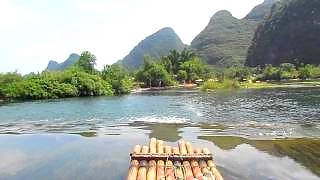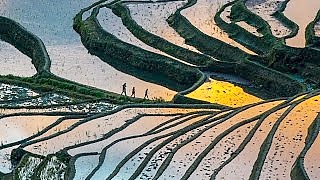


Live more ...
 The Commune by the Great Wall (ShuiGuan)
The Commune by the Great Wall (ShuiGuan)



|

|
美國大叔賣掉房屋,移居中國14年:在百年老宅找到人生理想
|

|

|
An extended chill-out instrumental piece with elements of jazz, classical and prog-rock. Written by Uwe Müller.
A very talented teen musician ...
|

|
With YChina! ...
|

|
GuiLin, the Li and YuLong rivers, Elephant Trunk Hill, Ping'An village, and the rice terraces of LongSheng and LongJi, GuangXi province ...
|

|
A mix of beautiful video and incredible photographs, all in Ultra HD / 4K
Yunnan province
|